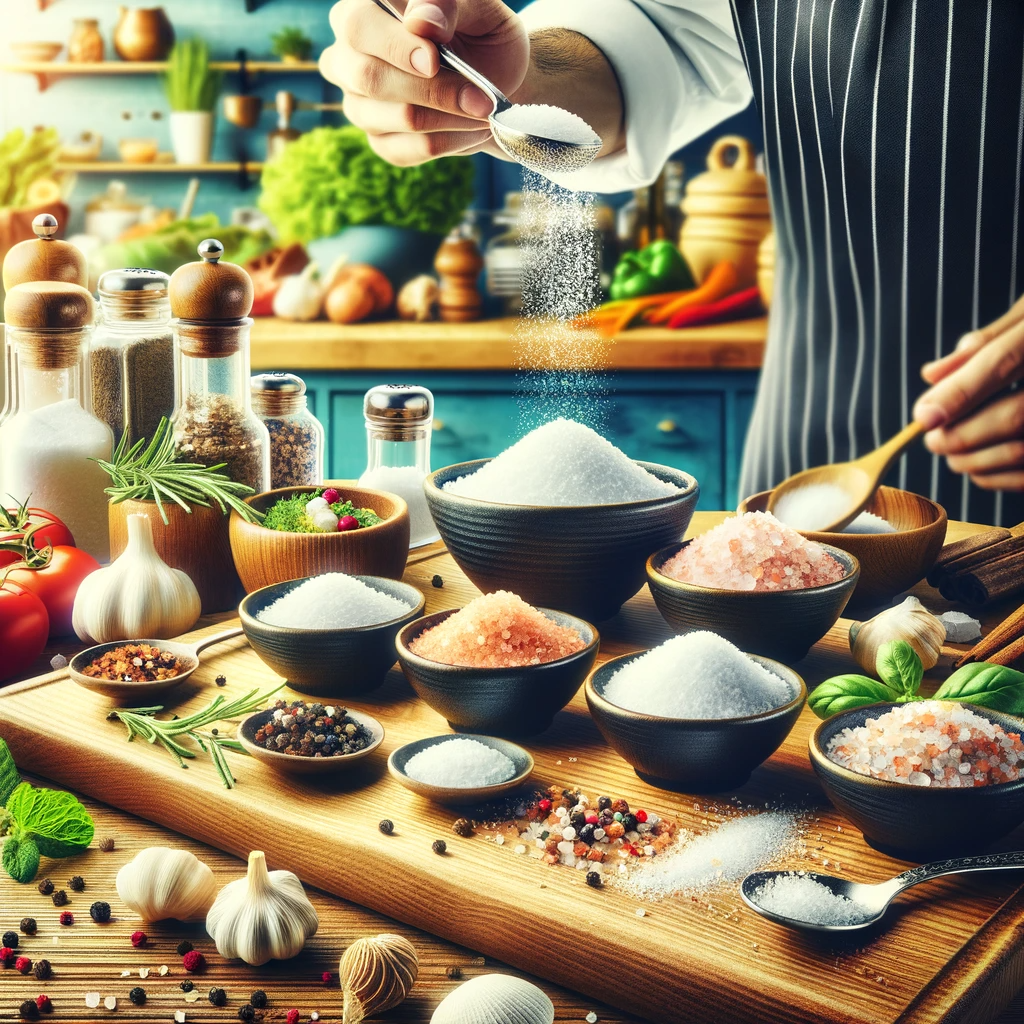Introduction: In today’s fast-paced world, where convenience often trumps health, it’s essential to pay attention to our dietary choices. One crucial aspect of a healthy diet is reducing sodium intake. Excessive salt consumption can lead to a host of health problems, including high blood pressure, heart disease, and stroke. In this article, we’ll explore the benefits of low-sodium diets and provide practical tips on how to reduce salt as an ingredient in your meals.
Why Should You Care About a Low-Sodium Diet?
1. Better Heart Health: A low-sodium diet can significantly lower your risk of developing heart disease and hypertension. By consuming less salt, you help your body maintain healthy blood pressure levels.
2. Reduced Risk of Stroke: High sodium intake is directly linked to an increased risk of stroke. Adopting a low-sodium diet can decrease this risk significantly.
3. Kidney Health: Excess salt can harm your kidneys over time. By limiting sodium intake, you protect your kidneys and maintain their optimal function.
Understanding Sodium Sources
4. Table Salt: The most obvious source of sodium in our diets is table salt. Try to use it sparingly, and consider switching to lower-sodium alternatives.
5. Processed Foods: Many processed foods are loaded with hidden sodium. Always check food labels for sodium content, and choose products with lower sodium levels.
6. Restaurant Meals: Restaurant dishes often contain excessive salt for flavor enhancement. When dining out, ask for your meal to be prepared with less salt or order dishes known to be lower in sodium.
Practical Tips for a Low-Sodium Diet
7. Cook at Home: Preparing meals at home gives you complete control over your sodium intake. Use fresh ingredients and limit the addition of salt during cooking.
8. Choose Fresh Produce: Fruits and vegetables are naturally low in sodium and rich in essential nutrients. Incorporate them into your diet for added health benefits.
9. Use Herbs and Spices: Flavor your dishes with herbs, spices, and other seasonings instead of salt. Experiment with combinations to find your favorite flavors.
10. Rinse Canned Foods: If you use canned vegetables or beans, rinsing them under cold water can help reduce their sodium content.
11. Be Cautious with Condiments: Many condiments, like soy sauce and ketchup, are high in sodium. Opt for low-sodium versions or use them sparingly.
12. Stay Hydrated: Drinking plenty of water can help flush excess sodium from your body and reduce bloating.
Conclusion
A low-sodium diet is a vital step towards better overall health. By reducing salt as an ingredient in your meals, you can lower your risk of heart disease, stroke, and kidney problems. Remember to read food labels, cook at home, and experiment with herbs and spices to make your meals flavorful and nutritious without the added sodium. Your heart and body will thank you for making this important dietary change. Embrace the benefits of a low-sodium lifestyle today!
